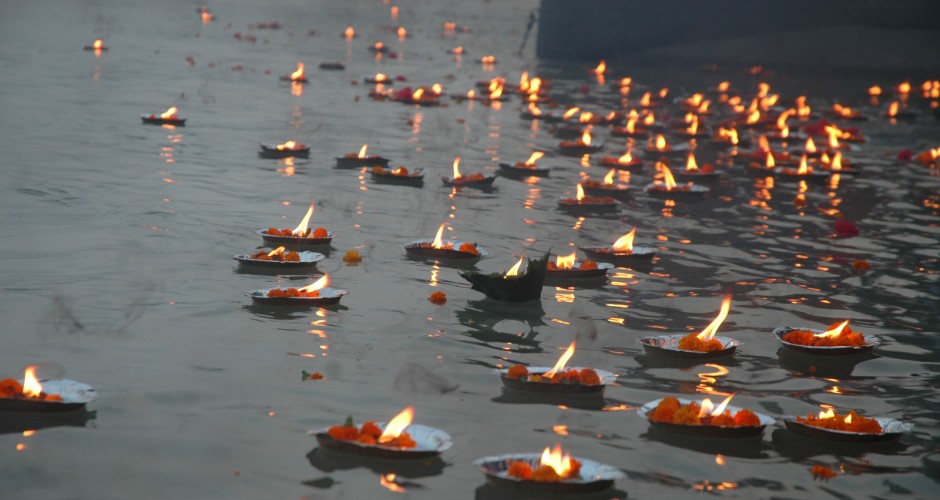The Supreme Court asked the Centre on Wednesday for a PowerPoint presentation within three weeks on a stage-wise strategy to clean up the Ganga, saying the government’s “bureaucratic plan” may take 200 years to accomplish the task. “Please try that the next generation is able to see the river in its original form. We don’t know whether we will see it or not,” said a bench headed by Justice TS Thakur after studying the government’s latest affidavit.
“After seeing your action plan, it seems Ganga will not be cleaned even after 200 years. Evaluate the dream project You have to take steps to restore Ganga to its pristine glory.” In its affidavit, the Narendra Modi government said it was committed to depolluting the river, which was an election promise and has recently been deemed national priority. It also said a group of professionals from the IITs have been asked to finalise the plan by the end of the year.The bench said it was not concerned about the financial assistance coming from other countries but was worried how the common people will be explained about the proposal for proceeding with project of cleaning the river.
“We don’t want to get into the nitty-gritty of committees etc. But common man expects to know how the cleaning Ganga process will emerge. They should at least know how the government is proceeding .Over Rs. 20,000 crore has been spent since 1985 when the Clean Ganga mission was launched. The goal, however, remains unachieved. “You have given a very bureaucratic kind of explanation. We want to see it in a layman’s language as to how you are proceeding with the project,” the bench told solicitor general Ranjit Kumar after perusing an affidavit filed by Uma Bharti’s ministry of water resources, river development and Ganga rejuvenation.
The apex court, which has been monitoring the cleaning process, will next hear the 29-year-old public interest litigation filed by advocate MC Mehta on September 24. The bench also asked the Centre to explain what steps it had taken to preserve the 135-km stretch of the river from Gangotri downstream, notified as an eco-sensitive zone by the Union government in December 2013.
Solicitor general Ranjit Kumar informed the court how the government had received World Bank funds and financial and technical aid from Japan to implement various projects. At this, the bench said it wasn’t keen to know the source of funds.
“If you want us to enforce some directions for removal of polluting industries or ask the local bodies not taking steps to prevent pollution, to act, we will certainly issue the legal process,” the court said. The 2,500-km long Ganga, which originates in the Himalayas, is considered the holiest of rivers by Hindus.The government has said it is committed to its pre-poll promise of making the river which passes through 29 major cities, 23 small cities and 48 towns, free from pollution.
In its affidavit, the Centre said, “it accords a status of national priority to the rejuvenation of river Ganga and the basic framework to achieve this national priority consists of evolving suitable strategies and action points in several thrust areas.”
It said maintaining ecological flow in the river, abatement and mitigation of various types of pollution in it, restoring ecological sanctity, creating awareness about the conservation of river and ensuring people’s participation in this process are some of the thrust areas.”The achievements of these objectives entail multi-institutional, multi-dimensional and multi-sectoral approach,” the affidavit said.
Source Hindustan Times






























